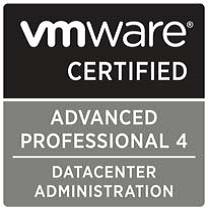The virtual desktop has been getting a lot of attention these days, but what are the true advantages and disadvantages of virtualizing the end userâs work environment?
Not too long ago, when a company hired a new employee in a corporate setting, a desktop or laptop purchase was associated with that new hire. And along with that, other costs were associated with the hardware such as licensing, cabling (if required), power use, support and maintenance. A lot of the costs were not a day-one spend, but came over time and in most cases were recurring, as end users and PCs required hardware and software updates or replacement.
When I worked as a desktop support tech, I fielded countless calls to fix end-user issues related to PCs and software problems. Most of the time I had to cover more than one building. This meant taking a company vehicle for a drive or walking across the way, which took time away from actual work. It also made me visible to users, who loved to catch me on the way and try to recruit me for what they called a âquick fix.â Those days are gone, and today there is a better wayâor maybe I should say another wayâof doing things when it comes to supporting the end user, their desktop OS, data, and PC.



